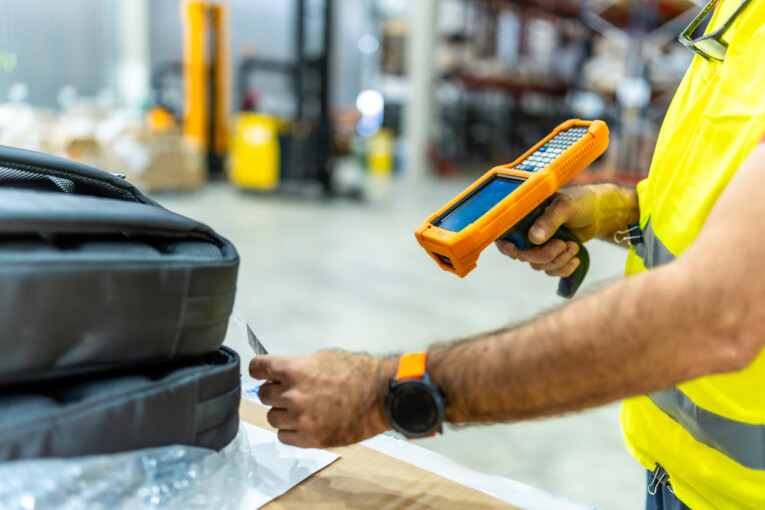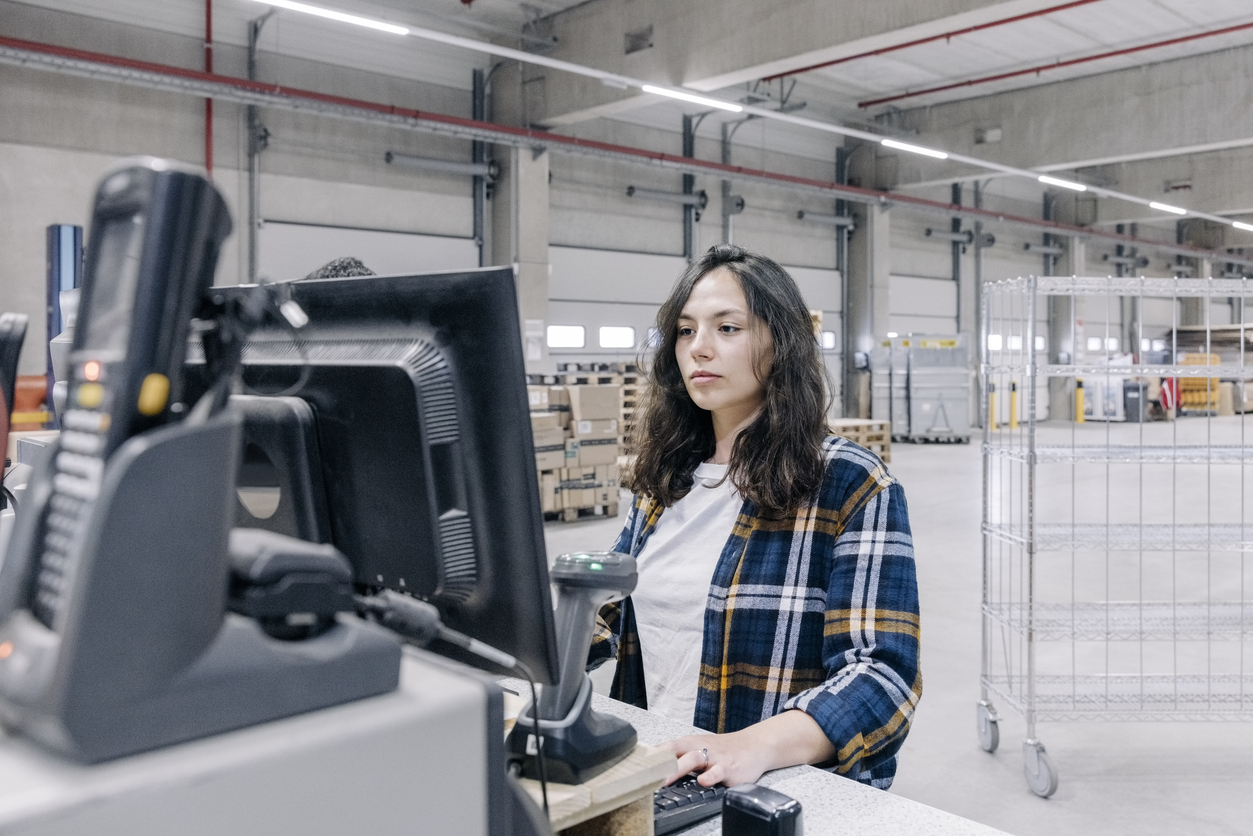Fulfillment visibility has evolved from scanning barcodes to real-time smart tracking, which makes it easy for businesses to keep track of exactly where items are in the system, how much inventory they have on hand, and more. QR codes and RFID are no longer “nice to have” items that can enhance operations, but are essential for competitive providers. Can your brand see where every product is—and what it’s costing you not to?
Why Visibility Matters More Than Ever
Transparency and traceability are now baseline expectations across retail and e-commerce. Your customers want knowledge at their fingertips—and they expect your brand to be able to deliver it on request. Without that visibility, you can end up with significant issues:
- Out-of-stocks
- Chargebacks
- Poor overall sustainability
- Decreased customer trust
Ultimately, increased visibility across your supply chain allows you to reduce costs and improve efficiency across your organization, not to mention ensure that you are delivering on customer expectations.
Smart Labels 101: QR vs RFID
The smart labels you use on your products are now a key part of that overall transparency and traceability. However, make sure you know what those pieces of technology can offer and how they can aid your brand.
QR Codes
QR codes provide a scannable link that can be used to access a wealth of information about a product. They can store significantly more information than traditional methods, making them highly accessible and useful. QR codes offer a number of potential benefits for your brand’s ability to track and trace inventory.
- Low-cost: They often have low setup and use costs
- Flexible: You can use them to hold the information that is relevant to your brand, without having to jump through hoops or struggle to make the system fit your needs
- Easy to use: Both consumers and warehouse staff can easily use QR codes to locate products or get the information they need
QR codes are ideal for solutions like tracking individual products and packages as they move through the supply chain, including offering real-time shipping updates to either your company or your customers. In addition, they can offer substantial assistance with inventory management, letting you know when new inventory arrives, when items have been moved, or when you’re getting low on critical stock.
RFID
RFID technology uses electromagnetic fields to track the tags attached to items throughout your warehouse or store. RFID tags, unlike many traditional inventory management solutions, do not require line of sight to read those materials, so they simplify the tracking process and make it easier for you to track down inventory or items that may have gone missing or been tucked out of sight. RFID technology is:
- Real-time, so you can easily keep track of items currently in the warehouse or around you
- Automated, for ease of use
- Scalable for high-volume or mixed-SKU environments
RFID shines when it comes to real-time tracking of inventory and shipments. It can help speed overall processing and improve security on your items, since you can more easily monitor every piece of inventory as it moves through your system.
From Compliance to Competitive Edge
Increased labeling requirements are driving tech adoption across the logistics industry. OTIF requirements for on-time, in full delivery, FDA traceability requirements for food and drug items intended for human consumption, and GS1 standards that require a high level of visibility and identification of items moving through the system are all made easier by utilizing smart labeling technology. Fortunately, it’s not just about compliance. Using these solutions can provide your business with a competitive edge, too.
Smart labeling technology increases operational accuracy and speed and allows you to deliver more effectively on customer expectations. By utilizing these solutions, you can keep your brand at the top of the industry when it comes to your shipping and delivery services—and because those are a key part of the customer experience, you’ll find that it enhances customers’ opinion of your brand.
Real-World Applications for CPG Brands
There are a number of ways you may find QR codes and RFID tracking beneficial for your brand. Take a look at some of these use cases.
Batch and Lot Tracking
For food and beverage or health and beauty brands, keeping up with batches and lots is essential, since goods can expire quickly. QR codes and RFID can help you keep track of where those batches and lots are, ensuring that the older lots go out first and reducing waste.
Return and Recall Management
Keeping track of items as they are returned is essential—especially in the event of a recall, when you may need to track a high volume of returns quickly. Smart labeling can streamline that process.
Retail Shelf and Warehouse Synchronization
Keep track of exactly what’s in your warehouses and on your retail shelves, ensuring that your inventory remains accurate.
Authenticity Verification
QR codes are perfect for verifying the authenticity of products. They make it easier for customers to determine that they have a genuine product and let you know when someone tries to return a fake.
How to Start Smart: Steps Toward Visibility
Are you ready to improve visibility across your warehouses and supply chain? Take these key steps.
- Assess: Look for any gaps in your current visibility, especially as it pertains to compliance requirements.
- Pilot: Start with QR labeling or limited RFID zone. Starting small can make it easier for you to see the benefits and prepare to scale later.
- Integrate: Connect your new smart labeling solutions with your warehouse or ERP systems.
- Evaluate: Track ROI through error reduction, speed, and data accuracy.
- Scale: Expand incrementally to cover your full operations.
If you need more help implementing these systems in your warehouse, check out our downloadable resources, including our Smart Label Implementation Checklist.
Improve Visibility to Enhance Efficiency
Visibility isn’t just about using the latest technology. It’s about confidence, accuracy, and trust. When you utilize solutions like QR codes and RFID for your warehouses and distribution centers, you can see the difference. For brands ready to see their fulfillment network more clearly, and move products without losing visibility, reach out to start the conversation and experience what specialized care really looks like.










